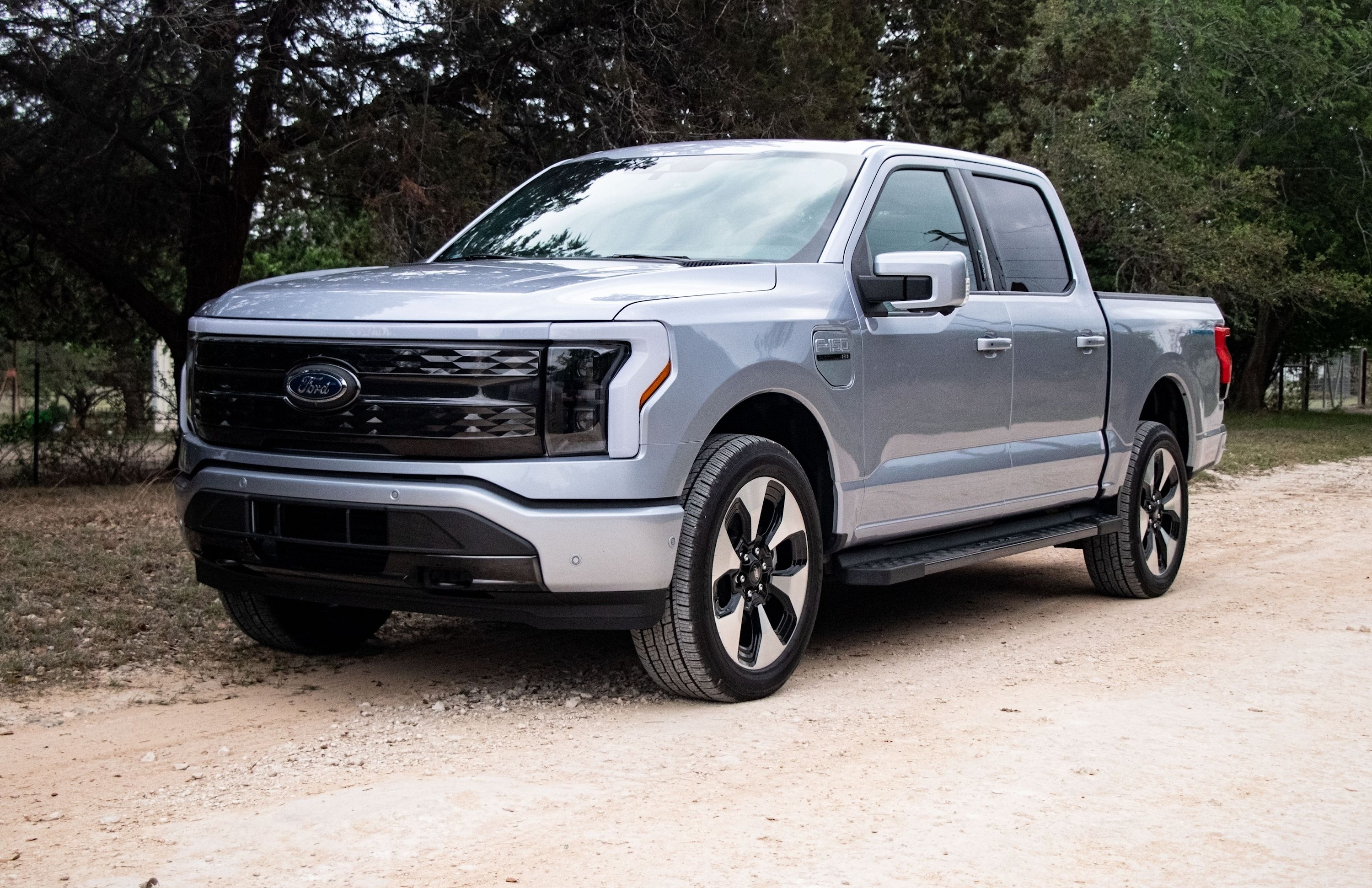
The Legoland Florida Resort recently unveiled the latest vehicle to join its brick fleet, a life-sized replica of the Ford F-150 Lightning pickup truck. The incredible recreation, which is made from 320,740 Lego bricks, took a team of 15 Master Model Builders more than 1,600 hours to assemble.
While some life-sized Lego cars can actually be driven, the Ford pickup truck remains a static display. It does, however, boast working head- and taillights, and a full-sized truck bed - we wouldn't put anything too heavy in the back, though.
Legoland Florida Resort partnered with Southern Ford Dealers to recreate the model, as a celebration of the vehicle's launch earlier this year. It's based upon the posher Lariat, which carries a price tag of $74,474.
While it's the same size as a real Lightning, the Lego model is markedly lighter. Where the road vehicle tips the scales at over 6,500 lbs, the display truck weighs in at just 3,730 lbs. It's still considerably heavier than an MX-5 Miata, which comes in at 2,341 lbs.
It's not only the largest vehicle to be on display at a Legoland park in North America, but it's also the first electric vehicle.
If you want to get an up-close look at the Lego F-150 Lightning, the remarkable creation will be on display outside the Ford Driving School, at the Florida Resort. The previous star of the show, the "Brick Pony" Ford Mustang, will be relocated to another part of the park.
This isn't the only life-sized Lego car in existence. Legoland California has a gorgeous Ferrari F40 on display, complete with its own Lego V8 engine. Despite the more compact size, the classic Italian required 358,000 bricks to produce - nearly 38,000 more than the bigger Ford.
But, if you actually want to drive your Lego car somewhere, you'd be better off with the life-sized Chiron completed in 2018. It's not quite as fast as the real thing but with 5.3 horsepower and around 67 lb-ft of torque, it can propel itself down the road at a glacial pace. Unsurprisingly, this mammoth undertaking took experts 13,000 hours to develop and construct.
